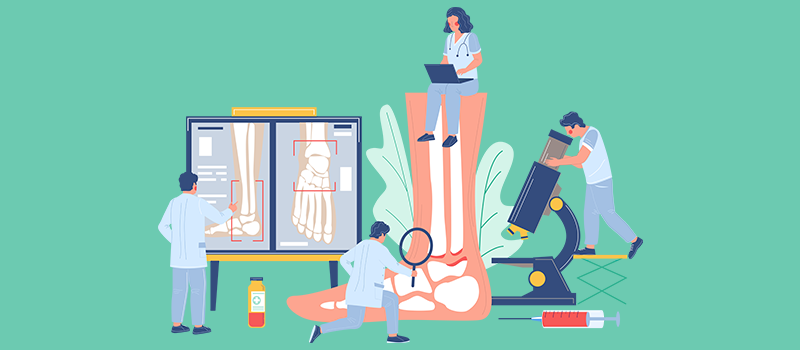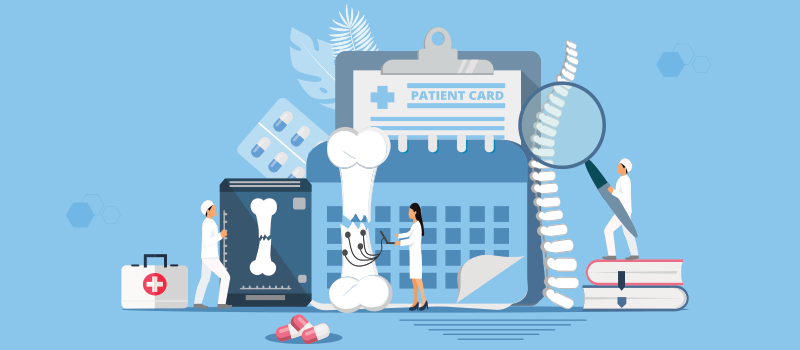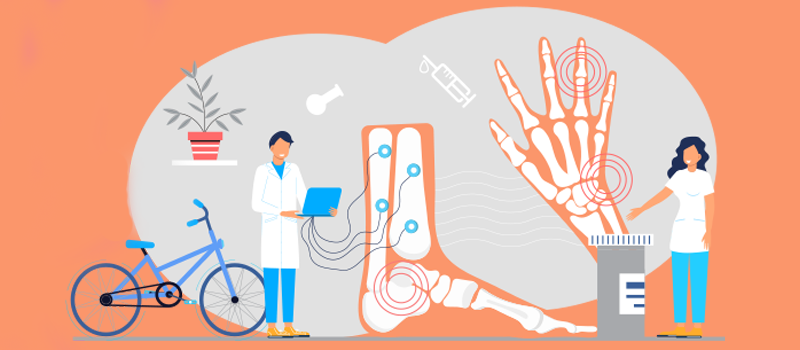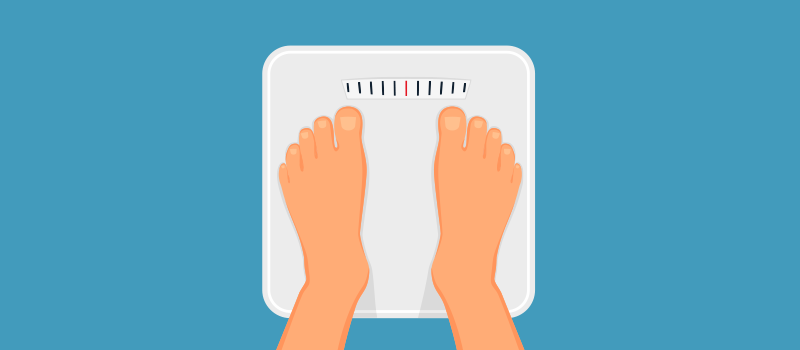What’s the Buzz
The Bee Healthy Blog
What Does Arthritis Feel Like? Symptoms and Treatment

Arthritis is a common condition that results in joint inflammation and joint pain. It causes symptoms like joint tenderness and stiffness and can substantially impact your day-to-day functioning and quality of life. The Centers for Disease Control and Prevention (CDC) estimates that 1 in 4 American adults (over 58 million people) have a diagnosis of arthritis. The Arthritis Foundation puts this number at over 92 million people.
Please continue reading to learn more about the different types of arthritis, common symptoms, and ways to manage arthritis.
What is arthritis?
Arthritis is a disease of the joints. The joints are parts of the body where two or more bones meet and move. You can develop arthritis symptoms due to a breakdown of the joint lining or inflammation of the joint tissues. Arthritis pain can occur in small joints such as the hands and feet as well as large weight-bearing joints such as the lower back, knees, and hip joints.
Who is at risk of developing arthritis?
Risk factors for developing arthritic joints include age, gender, and lifestyle factors. Arthritis is more common in older individuals, women, and those with a family history of arthritis. Smoking, lack of exercise, and being overweight or obese are risk factors for developing arthritis.
What are the different types of arthritis?
There are more than 100 different types of arthritis, some of which are autoimmune diseases and others that are related to an overuse of the joints. The most common types of arthritis are osteoarthritis and rheumatoid arthritis. Here is some brief information on some of the most common types of arthritic pain:
- Osteoarthritis is the most common form of arthritis. It occurs due to wear and tear (repeated stress) of the joints over time, which leads to a breakdown of the joint cartilage.
- Rheumatoid arthritis is an autoimmune inflammatory arthritis that occurs due to an overactive immune system that mistakenly attacks its own tissues, i.e., joint tissues.
- Juvenile idiopathic arthritis is an autoimmune disease that occurs when the immune system attacks the joints. It occurs in children younger than 16 years.
- Psoriatic arthritis occurs in people with psoriasis, an autoimmune skin condition.
- Gout is a type of arthritis that occurs due to too much uric acid, which gets deposited in the joints.
- Ankylosing spondylitis is arthritis of the spine. It usually affects the lower back.
What does arthritis feel like?
Joint symptoms in people with arthritis include pain, redness, swelling, stiffness, tenderness, and warmth. There can be different symptoms and locations of pain in different types of arthritis. For example, rheumatoid arthritis pain commonly affects the hands, wrists, and knees. Osteoarthritis pain and stiffness frequently occur in the hands, hips, and knees. In gout, the affected joint is often the big toe.
How is arthritis diagnosed?
Healthcare providers can diagnose arthritis based on your history and physical examination (painful joints, swollen joints, and limited range of motion in the affected joints).
Your doctor may order imaging and blood tests to rule out other causes of pain and swelling in your joints. Related blood tests like erythrocyte sedimentation rate (ESR) and C-reactive protein (CRP) can indicate an inflammatory process in the body but not specifically in the joint affected by pain and swelling. High levels of a protein called rheumatoid factor can point to rheumatoid arthritis. However, no blood test can definitively confirm a diagnosis of arthritis.
A joint aspiration procedure is sometimes done to remove synovial fluid (joint fluid) from around a joint. This is done to relieve pressure or obtain fluid to diagnose a joint problem.
How is arthritis treated?
The pain and stiffness caused by arthritis can be debilitating, but effective treatments are available to relieve symptoms.
Medical Treatments
- Physical therapy and occupational therapy can help to improve strength and mobility.
- Pain medications can help to relieve pain and other symptoms like swelling and stiffness. Examples include over-the-counter medications like acetaminophen and nonsteroidal anti-inflammatory drugs like ibuprofen (Advil, Motrin). Prescription NSAIDs like celecoxib (Celebrex), piroxicam (Feldene), and others are also available for more severe pain.
- Disease-modifying anti-rheumatic drugs (DMARDs) can help slow the progression of rheumatoid arthritis. Examples include hydroxychloroquine (Plaquenil), methotrexate (Trexall), leflunomide (Arava), and sulfasalazine (Azulfidine).
- Biologics are injectable medications that reduce the body’s inflammatory response and provide relief from psoriatic arthritis and rheumatoid arthritis (RA) symptoms. Examples include adalimumab (Humira), etanercept (Enbrel), infliximab (Remicade), abatacept (Orencia), and others.
- Janus kinase (JAK) inhibitors like tofacitinib (Xeljanz), baricitinib (Olumiant), and upadacitinib (Rinvoq) can reduce the activity of the immune system and prevent joint damage.
- Local anesthetic and steroid injections directly into the joint capsule can help to temporarily reduce joint pain and inflammation.
Surgical Treatments
In severe cases, when conservative treatments for arthritis are not enough to manage pain, surgery may be necessary. This may include:
- Arthrodesis (fusing bones together to reduce movement and thereby reduce pain).
- Joint replacement surgery for certain joints like the knee, hip, ankle, or shoulder, which can be replaced with an artificial joint.
How to prevent arthritis?
You may not be able to prevent arthritis altogether. However, you can lower your risk of arthritis if you eat a healthy diet, maintain a healthy weight, exercise regularly, avoid smoking, and take precautions to prevent joint injuries. Early diagnosis and treatment for arthritis can help you stay functional and mobile for longer.
References:











SOCIAL